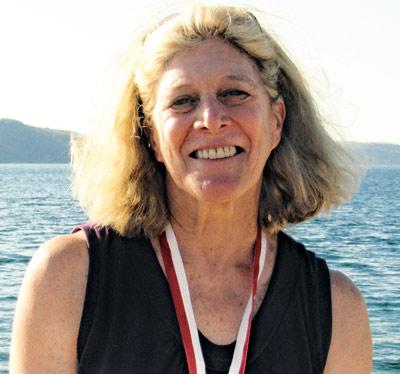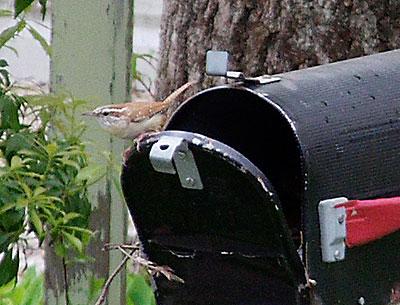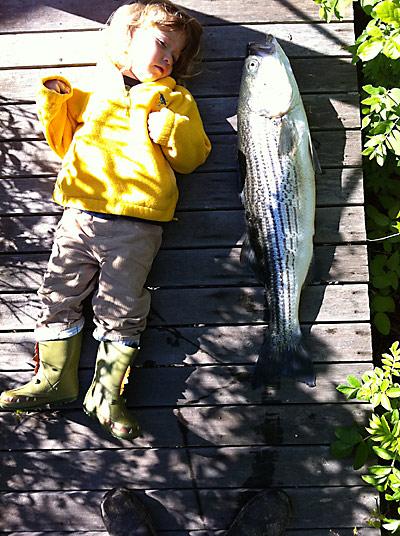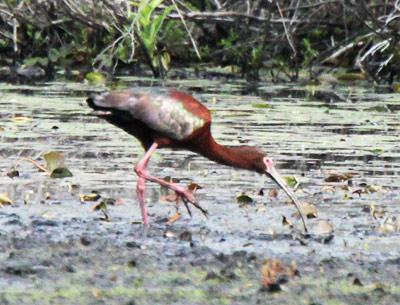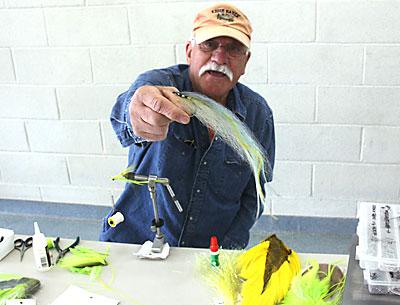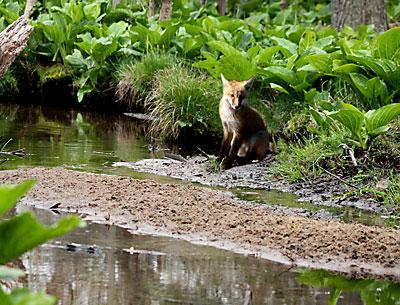Beneath Celestial Bodies
Beneath Celestial Bodies
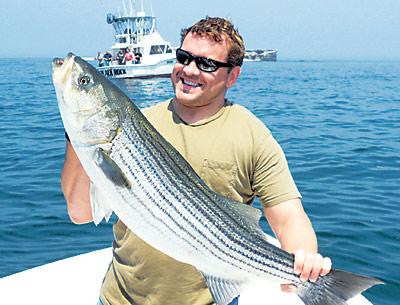
Ken Rafferty is a light-tackle and fly-fishing guide who sails out of Three Mile Harbor this time of year and moves to Montauk in the fall when the false albacore make their appearance.
In spring he likes to stalk striped bass as far west as Peconic Bay, with stops at places like Big and Little Gull Islands. Last week, he and his clients, James Kayler of East Hampton and Mike Tuscano of Amagansett, found plenty of stripers in Little Peconic Bay around Jessup’s Neck, and then bluefish galore at Cedar Point.
If there were any doubt as to whether striped bass of the fat kind are about, any spearfisherman will answer in the affirmative. Eric Flaherty of East Hampton is one such fisherman, and while secretive as to favored spots, he allowed that a fellow diver had shot a bass over 50 pounds during the past week. Turns out the spearman was Dashiel Marder, the spot was somewhere in Montauk, and the size was 531/4 pounds.
Chris Miller at the West Lake Marina in Montauk reported that Bill Widder and five other anglers visited the rips off Montauk Point trolling parachutes and harvested their limit of striped bass, all weighing between 20 and 25 pounds.
None of this can make competitors in the Montauk SurfMasters spring tournament feel good. A month in, and as of Monday there were no bass on the board.
In the tuna department, Miller said Brian Fromm left at 4:30 a.m. to steam south in search of tuna on Saturday. He was hoping to beat the wind and weather back to Montauk that afternoon. He did not succeed in beating the weather, but he did succeed in catching a 40-pound bluefin tuna.
Carl Safina of Amagansett has written a blog that addresses the finding by scientists at the State University at Stony Brook that bluefin caught off the California coast are showing elevated levels of radiation. According to the study, the contamination was the result of the pelagic migrators swimming in the vicinity of the Fukushima Daiichi nuclear plant damaged during last year’s earthquake and tsunami in Japan.
Safina’s essay, “Knocking on Heaven’s Shore,” can be found on The Huffington Post’s blog page. Safina recently won the 2012 Orion Book Award for “The View From Lazy Point: A Natural Year in an Unnatural World.”
Speaking of the view from Lazy Point, much of which includes Gardiner’s Bay, the porgy action there is being described as steady.
Too bad the season for winter flounder ended last Thursday. The West Lake Marina reported that really nice flounder were caught on the 30th, fat ones up to three pounds in the lake. This is a good sign, of course — blackbacks, as winter flounder are called, have been in very short supply in recent years.
Harvey Bennett of the Tackle Shop in Amagansett predicted that Venus’s transit across the sun on Tuesday would have a marked, positive effect on the fishing.
As proof, he offered the fact that people fishing from the town pier in Fort Pond Bay, near where the old Hanger Docks were once located, were catching “bottlefish” (blowfish) one after the other.
He said the porgies were so thick in the bay that anglers were food fishing for them from the beach at Accabonac using clam and squid baits. “The hard-core guys use sandworms, but they are $7.50 a dozen.” He added that the bluefish and striper action in and around Three Mile Harbor had been “pretty active.”
Then there was his story of Richard Onisko of East Hampton, a man who Bennett said had not wet a line in 30 years, coming into his shop for a new rod to go nighttime fishing for bass and blues. Bennett sold him a diamond jig with a tube tail, and a leader. “He’s addicted, gave up golf.”

